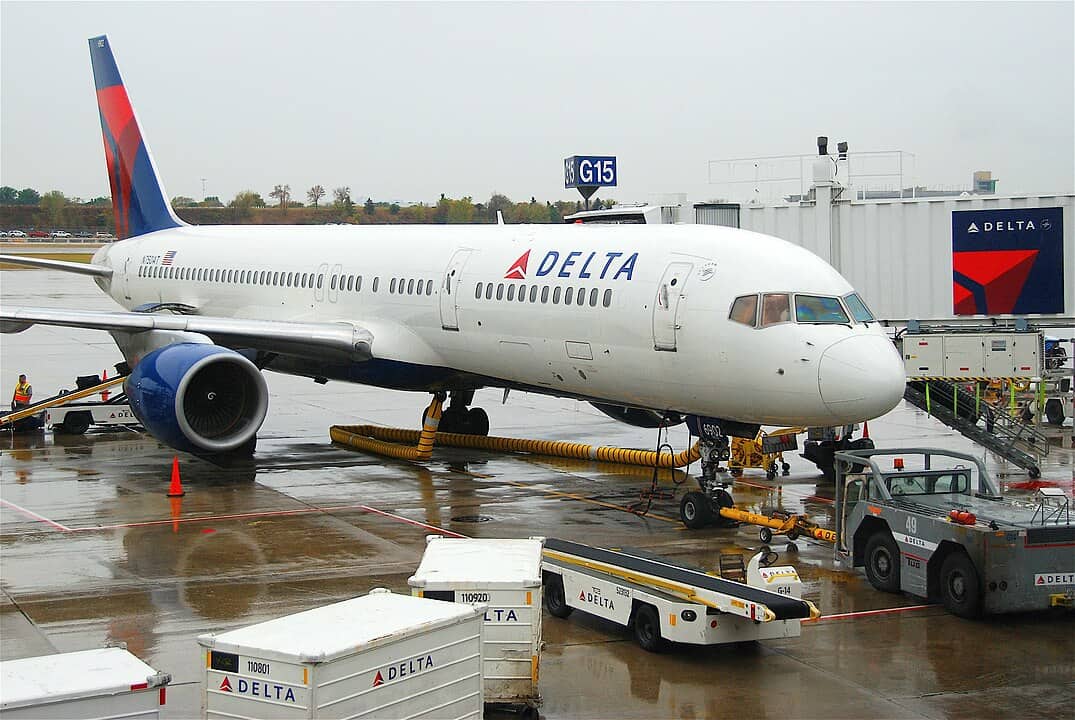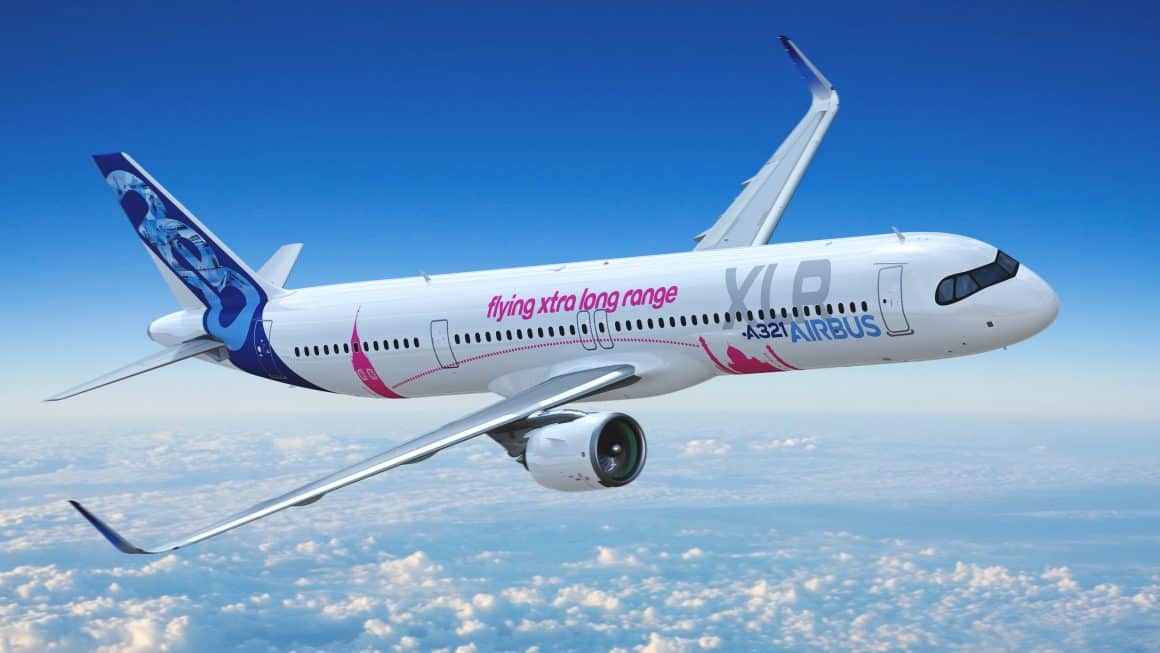The Boeing 757 is still flying after 43 years of service.
It is clearly an older design and faces competition from other manufacturers with newer aircraft. However, the 757 has some design features that still make it a capable performer with definite advantages over more modern passenger jets.
The Boeing 757 is Still Flying After First Flights in 1982
Boeing developed the 757 to replace the 727, with the first 757 taking flight in 1982. There were two main variants: the 757-200 and 757-300. Boeing built 1050 of the jets for 54 different customers before ending production in 2004.

The aircraft, sometimes called the “Flying Pencil” or “Giraffe,” has a narrow fuselage with a single aisle. The -200 model is 155 feet long with a wingspan of 125 feet. It has a range of 4050 miles and can carry as many as 240 passengers.
The 757-300 model is longer at 178 feet. Boeing added length in front of and behind the wings, making it the longest single-aisle passenger jet with twin engines ever built. Its range is 3900 miles, but it sacrificed some of its range to carry up to 295 passengers.
Powerful Engines Give 757 Advantages Over Other Aircraft
The 757 models have had two engine types: the Rolls Royce RB211 and the Pratt and Whitney PW2037. The RB211 can produce 43,500 pounds of thrust, and the PW2037 can put out 42,000 pounds. These engines, which by some accounts make the aircraft “overpowered,” have led to yet another nickname: the “Ferrari of the skies.”

The power from these engines gives the aircraft some key advantages over other models. First, it can take off from relatively short runways. For example, it can operate from the 5,700-foot runway at the John Wayne Airport in Santa Ana, California (SNA). It also has enough power to take off fully loaded from the Eagle County Regional Airport (EGE) in Vail, Colorado, which sits at an altitude of 6,547 feet.
Unique Wing Design Features of the 757
The 757 is still flying today, partly because of two key features of its wing design. Boeing originally built the aircraft for short routes and operations at smaller airports—not long-haul cruising.
To support this, they gave the 757 wider wings that provide better lift and stronger climb performance. Unlike the swept wings found on long-range jets designed for higher speeds, the 757’s wings prioritize lift over speed. Swept wings reduce drag at high speeds, but the 757’s design focused on short-field performance instead.
Despite this difference in wing position, the 757 is still flying thanks to a feature called a “supercritical wing,” which gives it as much or more of the range and speed of aircraft with swept back wings. Richard Whitcomb, an aerodynamicist with NASA, invented the supercritical wing. He came up with the initial concept in 1964 when he was studying how to reduce the shock wave that forms around an aircraft’s wing as it approaches the speed of sound. This shock wave produces drag, which makes it difficult for aircraft to reach higher speeds.

Whitcomb’s initial idea was to change the shape of a wing so that it would not produce the same shock wave as other designs. To test this, he applied auto-body putty to add bulk to certain areas of the wing, flattening the top and giving the trailing edge a bigger downward curve, especially on its bottom.
Supercritical Wing Design Provides Added Lift and Efficiency
NASA conducted wind tunnel tests that proved the effectiveness of the supercritical wing. Not only did they find it produced better lift, but the increased lift also improved fuel efficiency, as an aircraft with it would require less fuel and engine power to take off and stay in the air.
The US Air Force also studied supercritical wing design and tested it on the F-111 until 1975. Air Force testing indicated the concept would produce 30 percent more lift than conventional wings.
In the years following these early tests, manufacturers including Rockwell, Canadair, Lear, and Dassault used supercritical wings on their aircraft. In addition, all Boeing commercial and military aircraft make use of it.
The supercritical wing enabled the 757 to fly farther and more efficiently. Airlines began using it for more than just short hops. Some of its longer routes have included flights from Newark to Edinburgh, Scotland; Minneapolis to Reykjavik; Raleigh to Paris; and Atlanta to Anchorage.
Boeing 757 is Still Flying With Major Airlines
Today, the Boeing 757 is still flying with Delta, United, and Icelandair, among others. Delta has 91 of the aircraft, the most of any airline. The company has a long history of using the 757, having received the 500th aircraft in 1992 and still owns the last one, which was manufactured in 2005.
The Atlanta-based carrier also has the distinction of operating the oldest commercial passenger jet in the US. Delivered to Delta Air Lines 36 years ago, the Boeing 757-232 (reg. N649DL) shows no signs of slowing down. Besides a short stint with Delta’s low-cost subsidiary Song in the early 2000s, N649DL has flown for Delta its entire life.

Some companies are beginning to phase out the 757. United is starting to replace it on certain routes with widebody Boeing 767-300s and the Airbus A321XLR, which it introduced in 2018. The A321XLR has more range, up to 5000 nautical miles, than the 757. However, its passenger capacity is just 206.
Airlines will need to weigh the tradeoff between range and capacity when deciding whether to retire the aging 757. For now, though, the 757 remains a reliable workhorse in many fleets.

Got to fly on one or two of Delta’s 757, Great plane. Also while flying corporate to St. Thomas, US Virgin Island, I loved watching them take off there. Man could they climb.